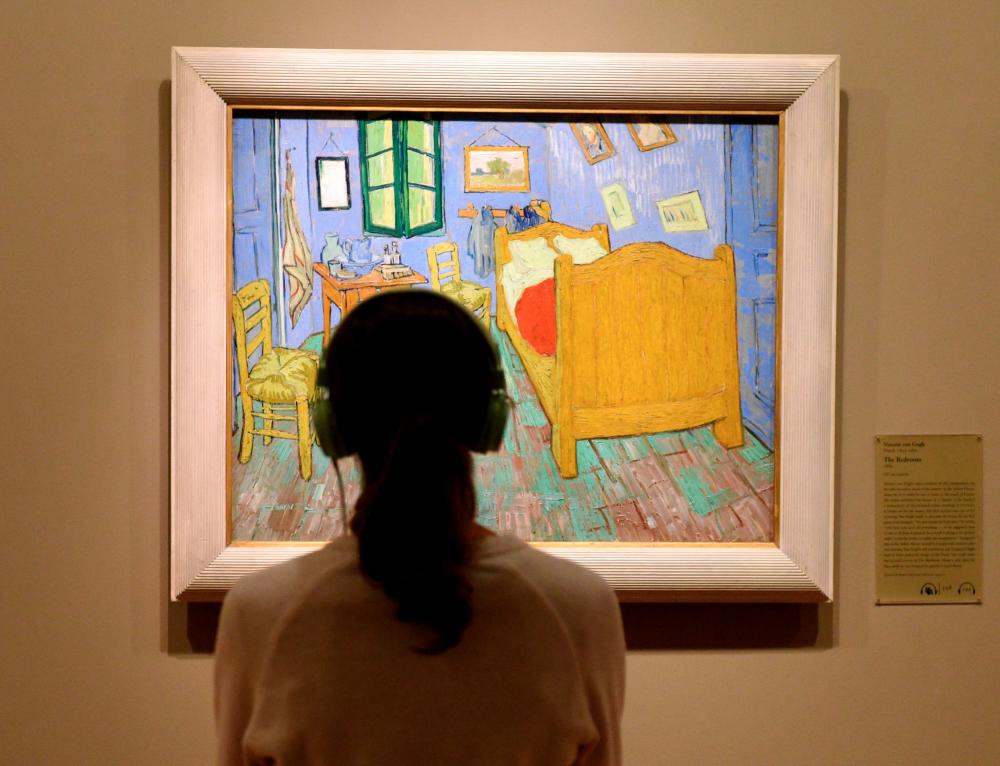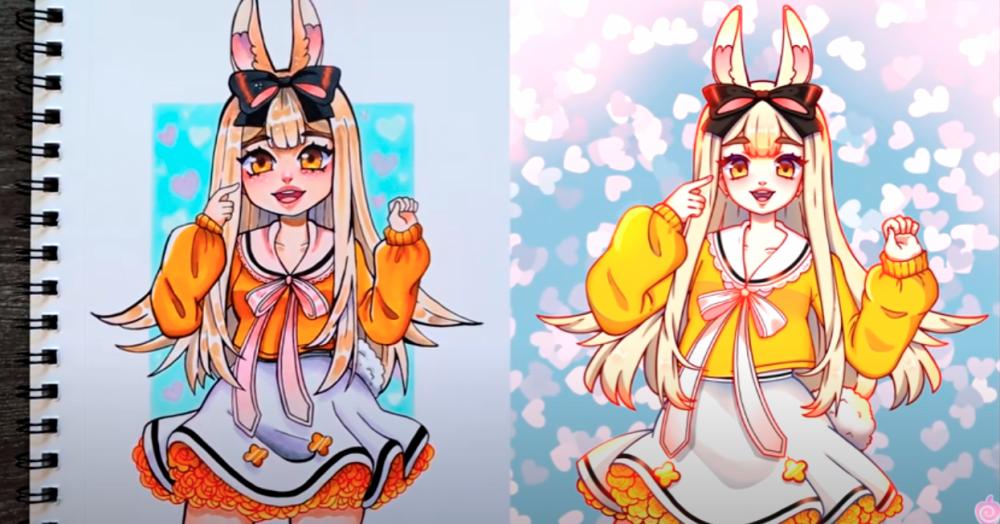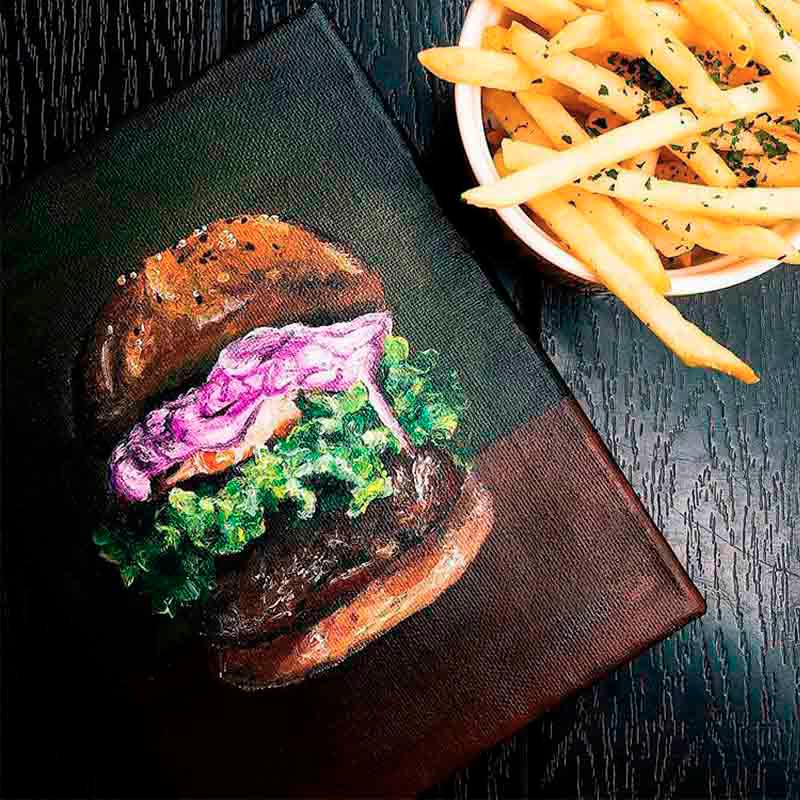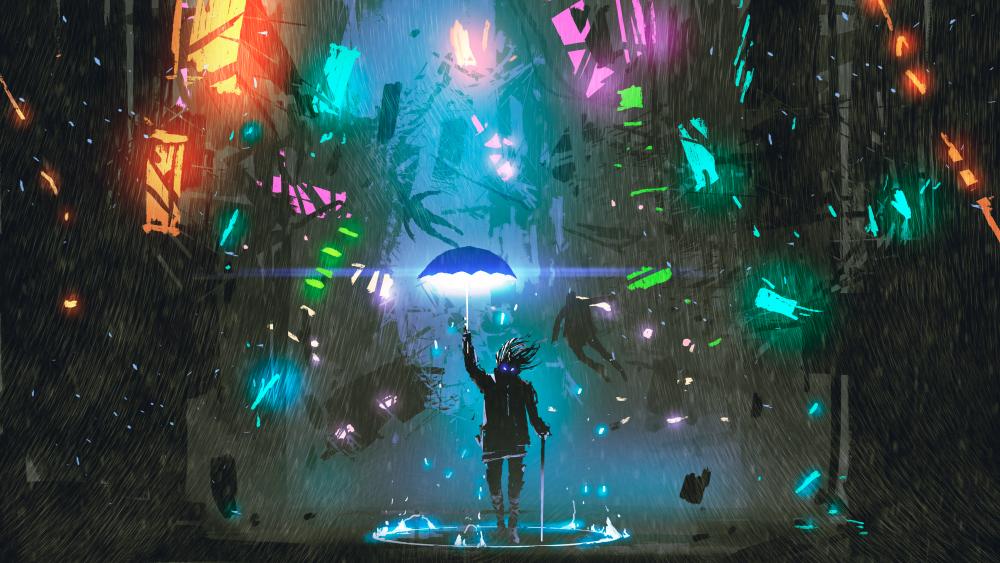HUMANS are currently living in a world of increased digitalisation, seeing the growing domination of technology within various industries – including within digital works of art.
Prior to the advent of civilisation, humans once lived out among nature, and at that particular time when ancient traditions predominated, art was frequently used to convey stories and send messages.
In addition to the primary goals it was designed to accomplish, it was also used to decorate practical objects like ornaments. In many cases, it was also used to display the owner’s social status, which is an idea that has been used in art since it was first developed.
The history of art focuses on things created by humans for a variety of spiritual, narrative, philosophical, symbolic, conceptual, and even utilitarian goals, with an emphasis on their aesthetic visual form.
We have modernised and acquired a great deal of wisdom and inventiveness as time has passed. Art has come a long way since then, and has been defined by a range of people with diverse conceptions of what constitutes “good art.”

There have been numerous historical trends and events that have influenced the art world. The dramatic distinctions between two art eras, such as traditional versus digital, are indeed a frequent topic of debate regarding art.
Modern artists are accustomed to expressing their emotions, thoughts, creativity, and ideas through digital art. As with any newer art form, however, some sceptics and traditionalists may consider it an art form that is more approachable or unfair because it lacks “the human touch”.
Despite this, digital art is immensely popular and is currently the medium of choice for commercial art and design. As a result of Covid-19, acceleration of the digitisation process, digital art has also found a home in the new norm – NFTs.

The differences
What distinguishes traditional art from digital art? The straightforward answer is that traditional art employs established mediums that have existed and been refined over time; while digital art produces art using digital technologies, which most modern artists use nowadays.
Digital art is far more tolerant of errors, as artists can easily undo and try again if they make a mistake. An artist painting in illustrator apps, for instance, may simply ‘delete’ an error, whereas an artist painting on canvas can’t.
The use of digital tools without physical form, as opposed to traditional instruments, also contributes to the cleaner appearance of digital art. Delivery of digital art is also considerably simpler, requiring only a few mouse clicks to distribute your artwork to any location around the globe.

Traditional art, in comparison, is much less forgiving of mistakes. Errors are permanent and physically can not be undone completely; this can force artists to restart entirely when big blunders occur.
However, the process can become part of the appeal of traditional artwork. The layers used to cover mistakes that can be seen in older oil paintings, for example, provide a certain quality that has collector appeal.
Physical paints and canvases require more storage space and create a considerably messier workspace. Transport and storage of traditional artworks might be significantly more difficult due to the fact that they are tangible objects.
The ability to create many copies is one of the most notable differences between traditional and digital art. Some individuals argue that digital art is of lesser quality since it can be mass-produced so easily. Rarity has historically influenced the price of fine art, so artwork that can be replicated or sold in multiple copies has a lower market value.
However, this does not automatically make digital artwork less creative than conventional art, as can be seen in the various NFTs that are trending worldwide. Crypto art can be a great way to learn about and collect digital artworks. Buying digital art could be a good investment, just like buying traditional original artwork.

The verdict
Art is always about recognising the artist’s message, feelings, and visions before anything else, such as the medium. An excellent digital illustration may evoke the same emotions and visual context as traditional artwork.
If you consider the quality by price, you might conclude that traditional art is superior to digital art. Indeed, unique works of art have always garnered the highest prices and collector value.
Unfortunately, NFTs and crypto art is gaining pace at the same rate, and digital art is increasingly commanding prices comparable to those of traditional artworks these days.
Both forms of art demand skill and creativity, but because they are so diverse, they also require a different perspective and approach. However, digital art can be just as challenging as traditional art. Younger generations are more likely to study digital art in school, but this does not prevent older artists from exploring the medium.









